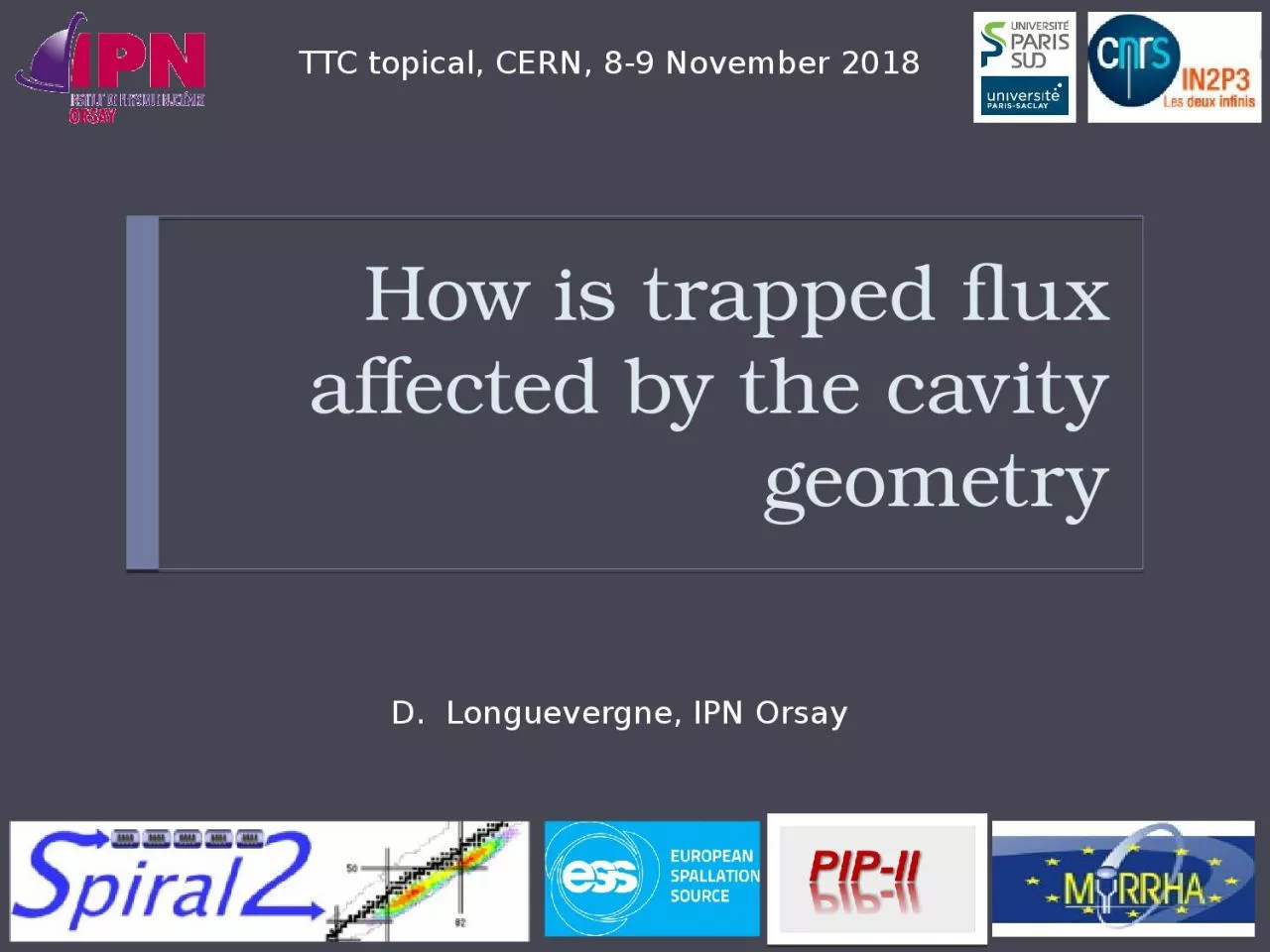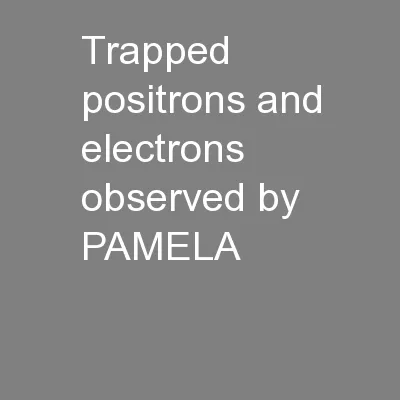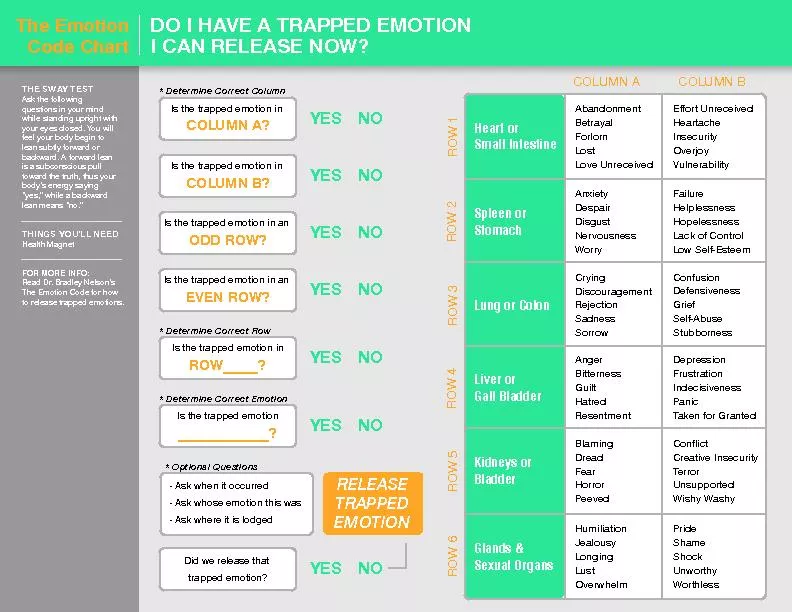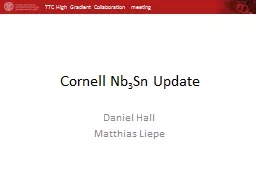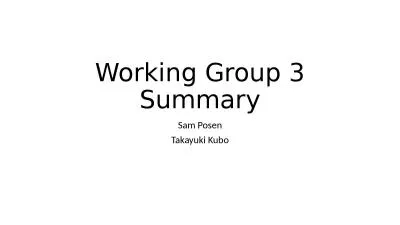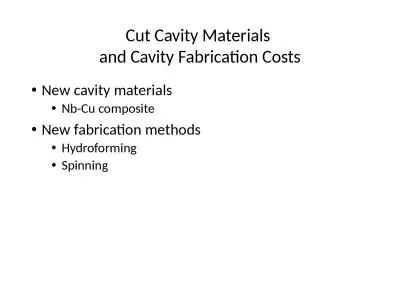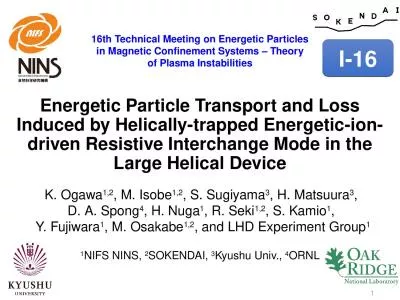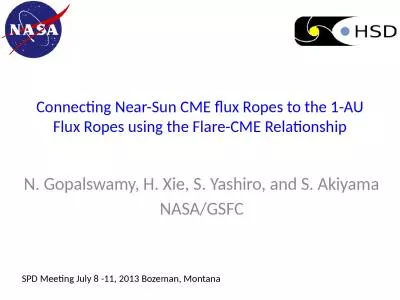PPT-How is trapped flux affected by the cavity geometry
Author : white | Published Date : 2023-12-30
D Longuevergne IPN Orsay TTC topical CERN 89 November 2018 Experimental vs theoretical Magnetic sensitivity SPIRAL2 QWR F 0 88 MHz T 42K Sv 0006 n mG
Presentation Embed Code
Download Presentation
Download Presentation The PPT/PDF document "How is trapped flux affected by the cavi..." is the property of its rightful owner. Permission is granted to download and print the materials on this website for personal, non-commercial use only, and to display it on your personal computer provided you do not modify the materials and that you retain all copyright notices contained in the materials. By downloading content from our website, you accept the terms of this agreement.
How is trapped flux affected by the cavity geometry: Transcript
Download Rules Of Document
"How is trapped flux affected by the cavity geometry"The content belongs to its owner. You may download and print it for personal use, without modification, and keep all copyright notices. By downloading, you agree to these terms.
Related Documents

